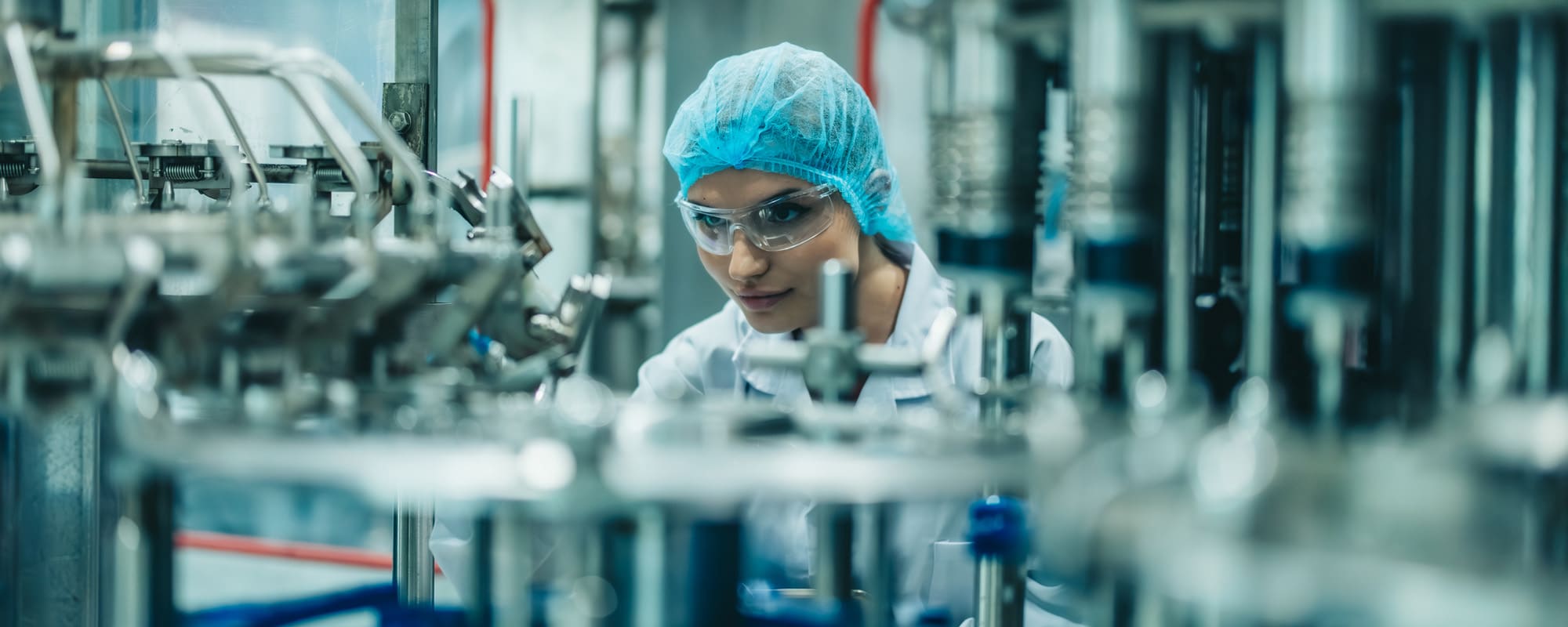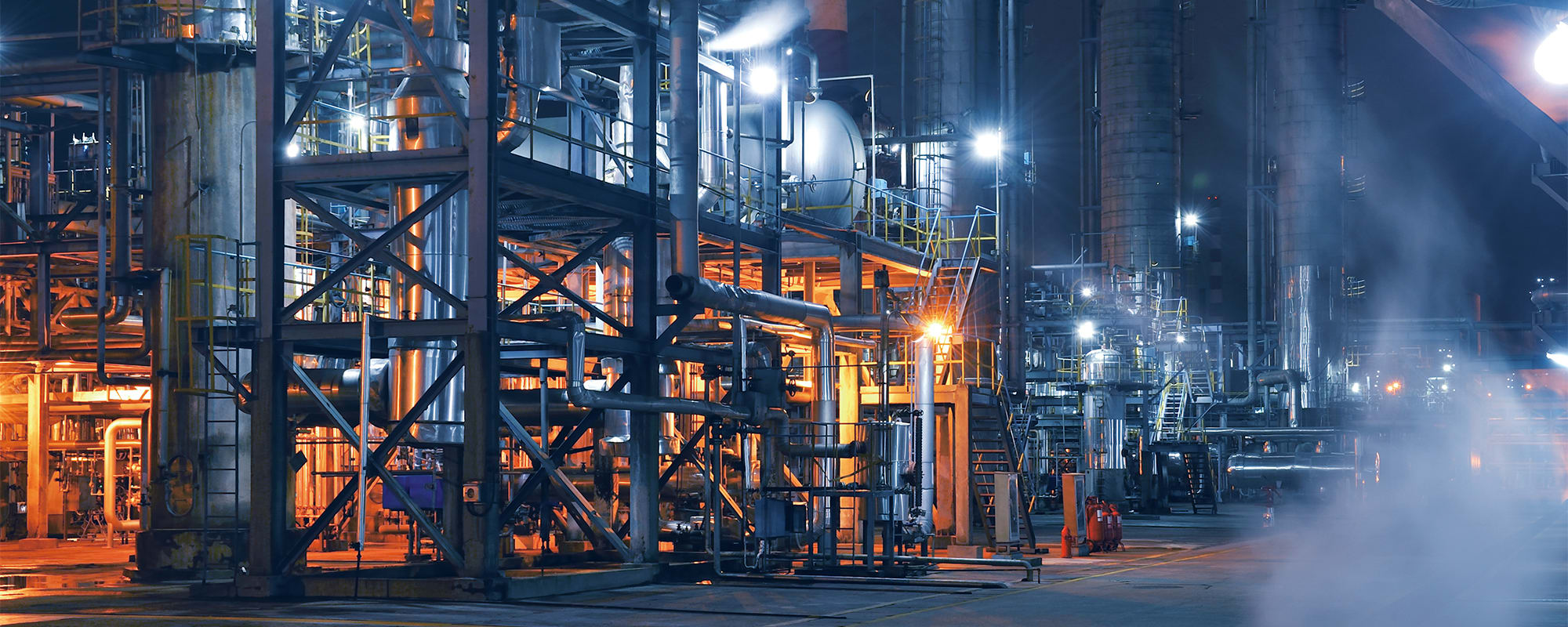Learn how the combination of digital transformation and integrated manufacturing can extend Industry 4.0 benefits, like real-time process visibility, in-depth data analysis, and continuous process optimization, from the confines of your factory floor to processes ranging from product design to outbound logistics and help process manufacturers achieve critical safety, quality, compliance, and cost improvements.

Industry 4.0 trends — including electrification, digitalization, automation, remote condition monitoring, predictive maintenance, and advanced data analytics — have had a considerable impact on industrial markets over the last decade or so, and their influence is still expanding. As such, Industry 4.0 technologies designed to enable greater connectivity, in-depth data analysis, and continuous process optimization — ranging from IIoT sensors and industrial data communications devices to asset management solutions and cloud and edge computing systems — have experienced a considerable uptick in adoption that continues to trend upwards as case studies validate utility, prices soften, and technologies mature. The industrial digital transformation catalyzed by the combination of these trends and technologies is helping organizations in every segment of the market overcome pervasive challenges and achieve collective goals. Common benefits include reducing unplanned downtime, the impact of skilled labor shortages, and supply chain interruptions while providing significant improvements in efficiency, productivity, quality, safety, and profitability.
But despite the relative ubiquity of these goals and challenges throughout the industrial market, the Industry 4.0 trends and technologies best suited for each segment varies a bit regarding variables such as consumer demands, environmental hazards, and regulations.
Process Manufacturing
Unlike discrete manufacturing processes, which involve assembling collections of individual parts or units of production to produce end products ranging from cars, computers, and machinery to clothing and furniture, process manufacturing involves mixing raw ingredients according to specific formulas and exposing the resulting mixtures to various conditions (e.g., heat, pressure, etc.) to produce end products including food, beverages, pharmaceuticals, cosmetics, personal care products, chemicals, paints, coatings, and plastics. As such, process manufacturing typically results in bulk output products (e.g., a vat of soda that can be packaged and sold as individual products) rather than discrete units (e.g., a single car or couch), and the ingredients typically undergo an irreversible physical process or chemical reaction that prevents them from being separated back out into individual components.

Like other industrial market segments, the process manufacturing segment is subject to equipment failures that can create machine, staff, and product safety hazards and result in unplanned downtime, reduced productivity, increased waste, and other profit losses.
Digital Transformation in Process Manufacturing
Process manufacturers can prevent unplanned downtime while simultaneously mitigating the impact of skilled labor shortages and improving efficiency, productivity, quality, safety, and profitability by implementing various Industry 4.0 trends and technologies. For example, IIoT sensors can relay streams of real-time data to PLCs programmed to take specific actions when certain conditions are met, automating a range of adjustments that previously required human intervention. They can also relay information to edge, central, and cloud manufacturing execution systems (MES) or enterprise resource planning (ERP) systems engineered to analyze data from connected equipment throughout a facility and present it in an actionable format.
MES collect, analyze, and leverage production floor data, allowing process manufacturers to remotely monitor and — in some cases — even manage operations in real time. This allows users to address issues that require attention before they cause equipment failures, eliminates unplanned equipment downtime, protects on-site staff from having to manually collect data from or make machine adjustments in hazardous areas, further alleviates the impact of skilled labor shortages by automatically collecting and conveying performance data in real-time, and improves efficiency and productivity. MES can also track and convey information about products as they move throughout the production process — reporting, for instance, the speed of a production line or the temperature of a machine. This functionality is key to improving equipment and product safety, product quality, and regulatory compliance — all of which are especially vital in process manufacturing operations that produce highly regulated substances, including food, beverages, pharmaceuticals, and chemicals. For example, MES employed in food and beverage manufacturing operations enable the end-to-end batch traceability and lot tracking capabilities that are essential for compliance with the FDA’s Food Safety Modernization Act (FSMA) requirements and allow manufacturers to respond quickly and effectively to any production or distribution issues that may arise (e.g., improper temperatures), preventing safety hazards and profit losses. They can also help process manufacturers accurately modify recipes (mitigating, if not eliminating, the need for complex manual calculations), document modifications and production processes in accordance with regulatory requirements, ensure adherence to existing recipes to improve quality control, and monitor the shelf life of essential ingredients to ensure consumer safety and regulatory compliance.

ERP systems also integrate multiple processes and systems in a single platform to improve productivity; however, while many offer modules that help facilitate manufacturing, their core functionality serves to optimize business operations by consolidating a facility’s finance, inventory management, purchasing, sales, and customer communications functions. ERP systems enhance productivity by automating time-consuming tasks, eliminating duplicate information, and ensuring that data is accurate and accessible, which facilitates better communication and coordination, streamlines operations, improves workflows, and supports informed decision-making and strategic planning. They are also scalable and flexible, which makes it quick and easy for operators to adapt to growth and other changes. In addition, many ERP systems offer specific modules that facilitate electronic procurement, or eProcurement; however, it’s becoming increasingly commonplace for businesses to deploy cloud-based spend management systems with budgeting, expense tracking, and purchase order management capabilities to help track and manage spending and further enhance the functionality of their ERP system.
When combined, MES and ERP help process manufacturers leverage end-to-end digitalization, integrate previously siloed processes and data, and maximize their operational and supply chain visibility. Integrated manufacturing operations go beyond the real-time process visibility and alerts achievable with limited adoption of Industry 4.0 trends and technologies, allowing organizations to conduct thoughtful analyses and make accurate predictions and insightful decisions. They also help manufacturers respond to adverse business and supply chain events in a timely, collaborative, and effective fashion that minimizes value chain disturbances, including unplanned equipment downtime, productivity losses, and shipping delays, which — if left unchecked — can lead to suboptimal asset utilization, higher costs, and reduced margins.
The Future of Integrated Manufacturing
Integrated manufacturing combines data management systems or information technologies (IT), like MES and ERP, with industrial operating technology (OT), like production equipment, using Industry 4.0 technologies, including automated systems, smart devices, and real-time data communications. This IT/OT convergence maximizes the many benefits that individual Industry 4.0 trends and technologies provide in terms of overcoming pervasive challenges and achieving common goals and extends those benefits from the confines of the factory floor to processes ranging from product design, procurement, and supply chain management through to production, maintenance, and outbound logistics. For example, instead of just using facility data to reduce downtime and improve efficiency, manufacturers can better align production schedules with both demand and logistics and better manage raw material and product inventory.
As Industry 4.0 trends and technologies continue to evolve, eliciting a new phase of industrialization, Industry 5.0 — the ubiquitous employment of advanced technologies aimed at further enhancing workplace processes as well as improving operational resilience, sustainability, and employee wellbeing — and integrated process manufacturing will begin to leverage artificial intelligence (AI) and machine learning (ML) algorithms capable of continuously improving intelligent workflows, effectively resolving production issues, and optimizing operations to meet various production, inventory, and distribution goals. Robots, augmented and virtual reality (AR and VR) devices, and drones are also likely to play an impactful role in the future of integrated manufacturing. Possible uses include advanced automation systems, staff training, and remote operations and asset management — especially in operations with sprawling or hazardous environments. These advanced processes still won’t replace humans, though. Remotely connected, distributed workforces will still be essential for tasks like designing queries capable of turning raw data into actionable information, simulating scenarios to train advanced AI and ML software, and troubleshooting and resolving more complex issues.

Dive Deeper
In Part 2 of our two-part “Digital Transformation and Integration in Process Manufacturing” article, you’ll learn about integrated manufacturing in the process manufacturing industry, integrated manufacturing solutions optimized for use in the process manufacturing industry — including sensors, industrial connectivity solutions, PLCs, and industrial data communications devices, and how RS can help you begin or enhance your digital transformation and integration process.






